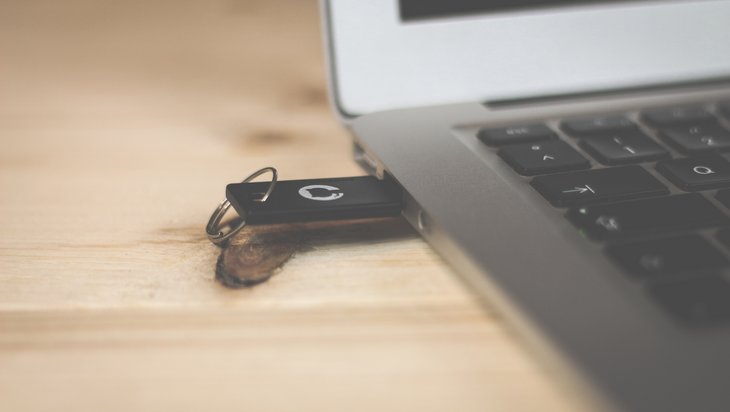Ever been in this situation? You are deeply engaged in a project, working on an important document being in a productive peak phase and suddenly: standstill. The mouse pointer won’t move, the computer freezes and the supposedly only way to continue the project is to restart the computer. At this point at the latest, we hear our inner voice saying: “If only I had made a backup copy…”. We all know better, but what is holding us back?
On the occasion of the international World Backup Day, we would like to draw attention to the following:
- Why it is absolutely necessary to create backups.
- Why you should update them regularly.
- And what form of backup is most effective.
Be ahead of almost a third of computer users and start now, because we do not say in vain: “No backup – no mercy”.
The 4 W’s of backup
Hard drives, computers, servers and entire systems can be made unusable by technical defects or by cyber attacks, such as the installation of malware. Backups allow you to create copies of your data. Through these, lost or destroyed content and even entire systems can be restored. There is a wide range of types of backups:
- From automated, internal drive backups or
- the storage of data on other networks, over
- external storage media such as hard disks or USB sticks, to the use of
- a cloud , the options are very diverse.
Not sure which backup type is right for you? Don’t worry, the mantra for now is: any option is better than no option.
Do backups protect against a cyberattack?
Backups can’t prevent cyberattacks – but they can significantly minimize the consequences of an attack. Among other things, cybercriminals can spread malware to your computer via infected email attachments or through compromised websites, thus taking control of your system infrastructure. In ransomware attacks, your data is encrypted by the hackers and made inaccessible to you. In this form of cyberattack, cybercriminals often demand a ransom and promise to decrypt your data after payment has been made. However, there is no guarantee for that. In some cases, the encryptions are even so sophisticated that decryption is a massive technical challenge or even impossible. Through well thought-out and organized backup strategies, you can improve your position against the blackmailers. You can counteract the powerlessness and restore your data through the backup copies yourself or with the help of IT experts.
“I store my data in my cloud”
Besides storing it on your hard drive, do you transfer all your data automated or manually to your cloud on a regular basis? Storage capacities are unlimited, real-time synchronization facilitates collaboration: the advantages of cloud systems cannot be denied. However, you should not rely on the cloud as the sole backup medium, because the virtual storage place is also just a server configuration of a huge external data center. And these are not invulnerable, as a recent major fire at Europe’s largest cloud provider shows. Therefore, rely on the use of several different media and store them in different locations.
The 3-2-1 backup strategy
We recommend the 3-2-1 backup strategy, which adequately protects you against the loss of important data:
- Make three backup copies of your data
- Store them on two different types of media (e.g. external hard drive, cloud, etc.)
- Keep one copy off-site – i.e. physically separated so that, for example, one copy is still intact after a fire
When creating backups, pay attention to regularity and quantity, as ransomware can also be installed on the backup and encrypt it. Therefore, make sure to save as many previous backups as possible. Save all your copies in “read only” mode. This way, your backups cannot be changed afterwards – not even by ransomware.
Humans are creatures of habit. Start creating your backups right away and integrate their regular updating into your daily work routine. This way, you not only minimize the potential consequences of a cyberattack, but also save precious time and nerves – even in the case of a simple technical defect.
